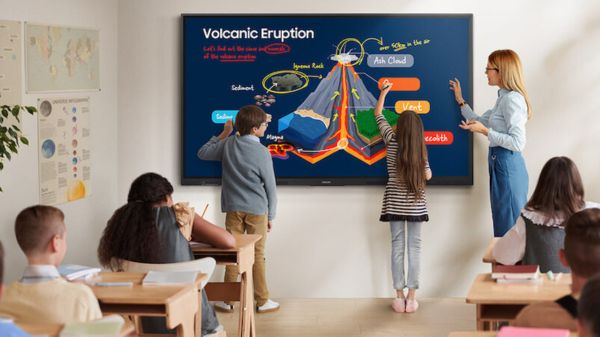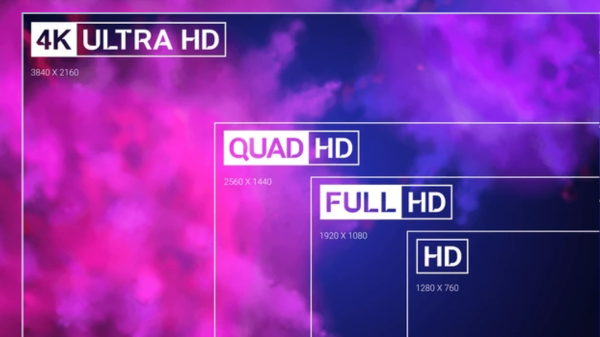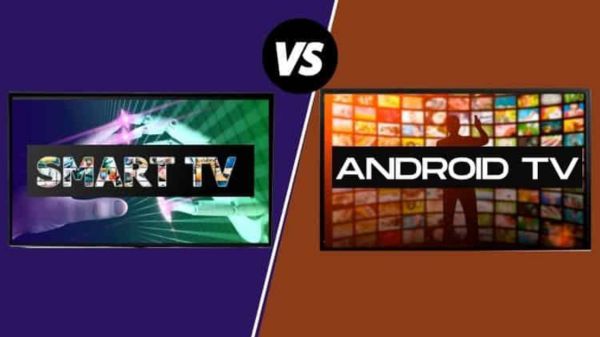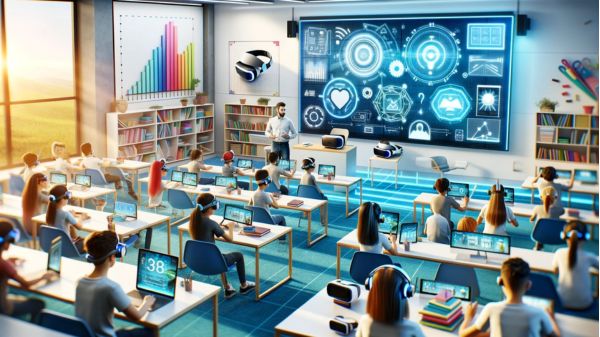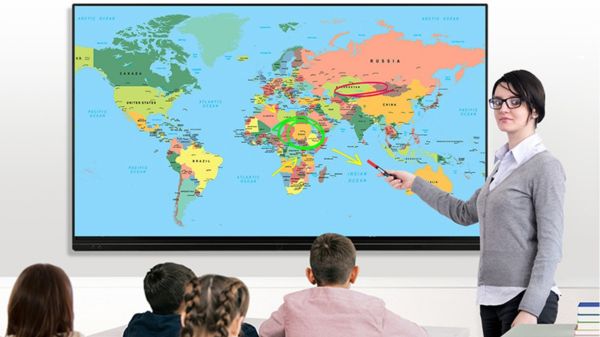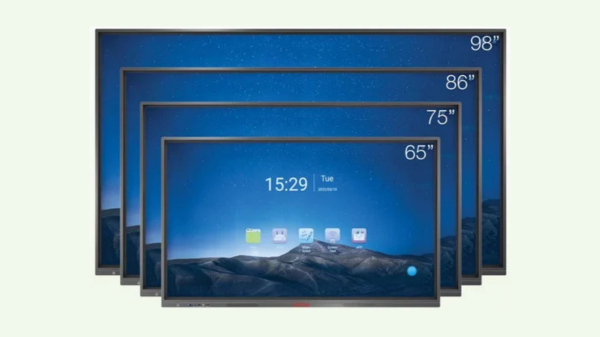Smart whiteboards are rapidly gaining traction in both schools and workplaces as organizations seek to upgrade their teaching and collaboration tools. While traditional whiteboards have long been a staple in classrooms and meeting rooms, smart whiteboards offer a digital evolution with enhanced functionality. Understanding the key differences between the two can help you choose the right tool based on your specific needs, goals, and budget.
Technology and Features
A traditional whiteboard is a simple, non-digital surface used for writing or drawing with markers. It's straightforward, affordable, and effective for basic tasks such as brainstorming or illustrating concepts. However, it lacks any form
of connectivity or advanced features.
Smart whiteboards, in contrast, are interactive, touchscreen-enabled panels that function much like a large tablet or computer. They support input via digital pens or fingers, connect to the internet, and integrate with devices like
laptops or tablets. Users can run applications, save notes, share screens, and even collaborate in real time, making them highly suited for modern classrooms and professional environments.
Ease of Use and Setup
Traditional whiteboards are easy to use with no setup required just pick up a marker and write. Their simplicity makes them accessible to all, regardless of age or tech skills. Smart whiteboards, however, involve a setup process that may
include network configuration, software installation, and device pairing. While this adds a learning curve, modern systems are increasingly user-friendly, and most users adapt quickly, especially those familiar with smartphones or computers.
Interactivity and Collaboration
Traditional whiteboards offer minimal interactivity and are limited to physical input. Once erased, content is lost unless manually captured beforehand. This makes them less suitable for collaborative, long-term projects.
Smart whiteboards shine in this area. They allow for real-time sharing, digital annotation, and seamless content saving. Many models even support QR code scanning to save quickly and share notes. Whether in a classroom or a hybrid meeting,
users can collaborate across locations, interact with multimedia content, and preserve discussions for future reference.
Functionality and Versatility
The functionality of traditional whiteboards is limited to writing and erasing. While they are ideal for quick notes or diagrams, they do not support content sharing, storage, or digital integration.
Smart whiteboards offer an all-in-one solution for modern education and business. They allow access to digital teaching tools, multimedia playback, and integrated software. For example, educators can use built-in protractors
or graphing tools during math lessons, while businesses can incorporate presentations, videos, and live feedback in meetings. Cloud storage and real-time remote access further expand their versatility.
Cost and Maintenance
Traditional whiteboards are cost-effective with minimal maintenance, requiring only markers, erasers, and occasional cleaning. Smart whiteboards, while significantly more expensive upfront, provide long-term value through their robust
capabilities. Costs include installation, software licensing, training, and potential technical support. Maintenance may involve system updates, touchscreen calibration, or network integration.
Use Cases and Applications
Traditional whiteboards are best for simple, local tasks - quick lesson outlines, brainstorming sessions, and project planning. Their low cost and ease of use make them ideal for small offices or classrooms with limited digital needs.
Smart whiteboards, on the other hand, are built for interactive, multimedia-rich environments. In education, they transform traditional teaching by enhancing engagement and enabling real-time collaboration. In business, they facilitate
dynamic presentations, remote meetings, and digital content management. Their ability to adapt to hybrid and remote settings makes them especially valuable in today's connected world.
Should You Invest in a Smart Whiteboard?
If your goals involve improving collaboration, digitizing workflows, or engaging audiences through multimedia, a smart whiteboard is a worthwhile investment. Though more expensive than traditional whiteboards, their advanced features,
cloud integration, and long-term utility often justify the cost. For schools, businesses, and organizations aiming to modernize their environments, smart whiteboards offer a future-ready solution. However, those with limited budgets or
simpler needs may still find traditional whiteboards sufficient and effective.



